An underrated part of preparedness and your everyday carry loadout is the clothes you wear on your back or stash in your kits. If you have the improper clothes for an environment, you’re going to have a tough time with heat, cold, precipitation, and blending in if you are practicing the gray man concept. The right survival clothing can make a difference in a wide range of situations.
With the right clothes and footwear, you can layer outfits to be ready for any situation. Don’t spend time building survival skills just to have your clothes or shoes hold you back.
Contents (Jump to a Section)
Base Layers
Base layers are the most essential clothing you can have when it comes to survival. Many of our survival kit guides do not consider extra clothes essential, except for these base layers. Here are the three pieces of survival clothing you’ll want to focus on:
Shirt
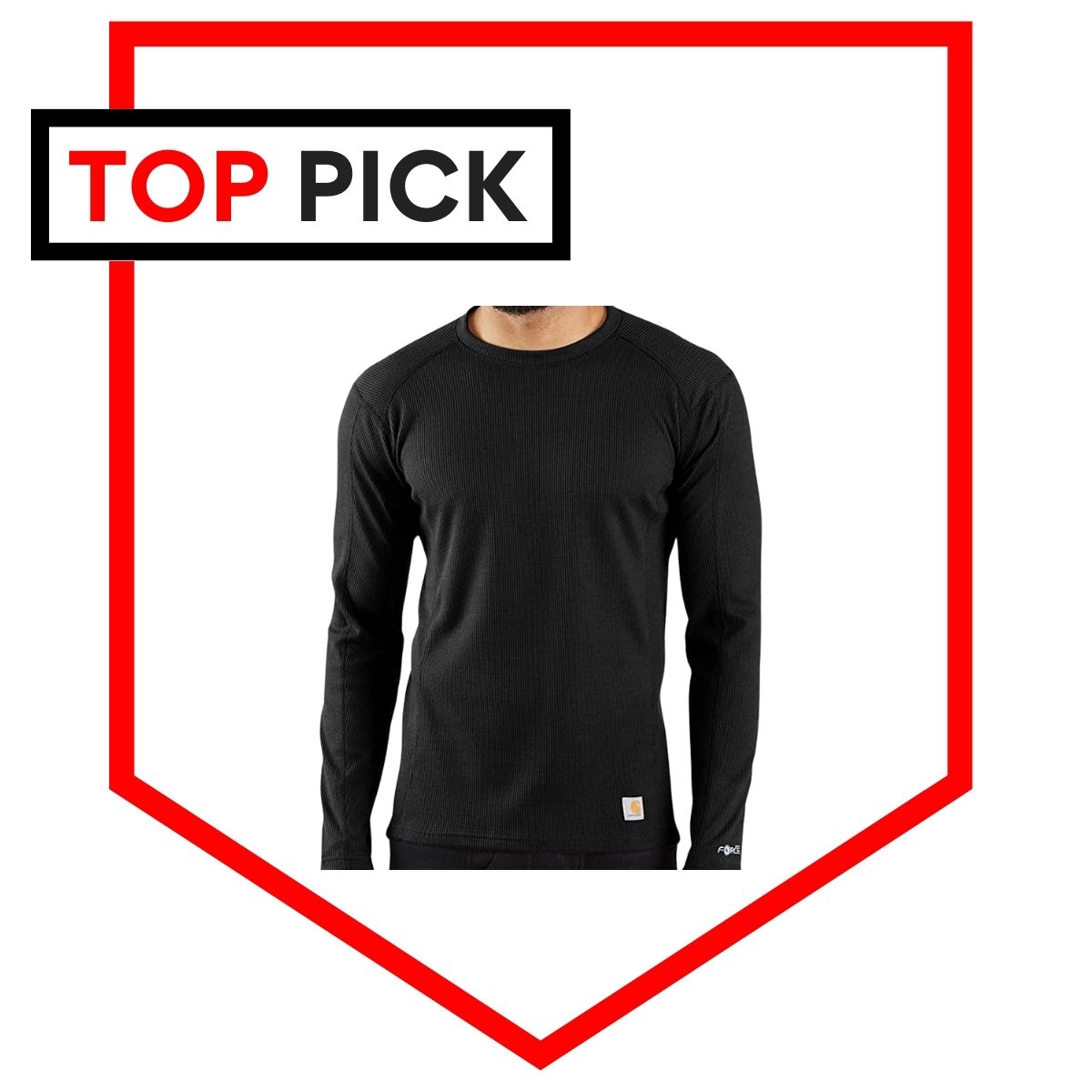
Some of the most versatile shirts you can have for survival are the long-sleeve base layers many performance brands make.
Socks

Socks are immensely important to keep your feet dry, protected, and healthy inside your boots and shoes.
Underwear
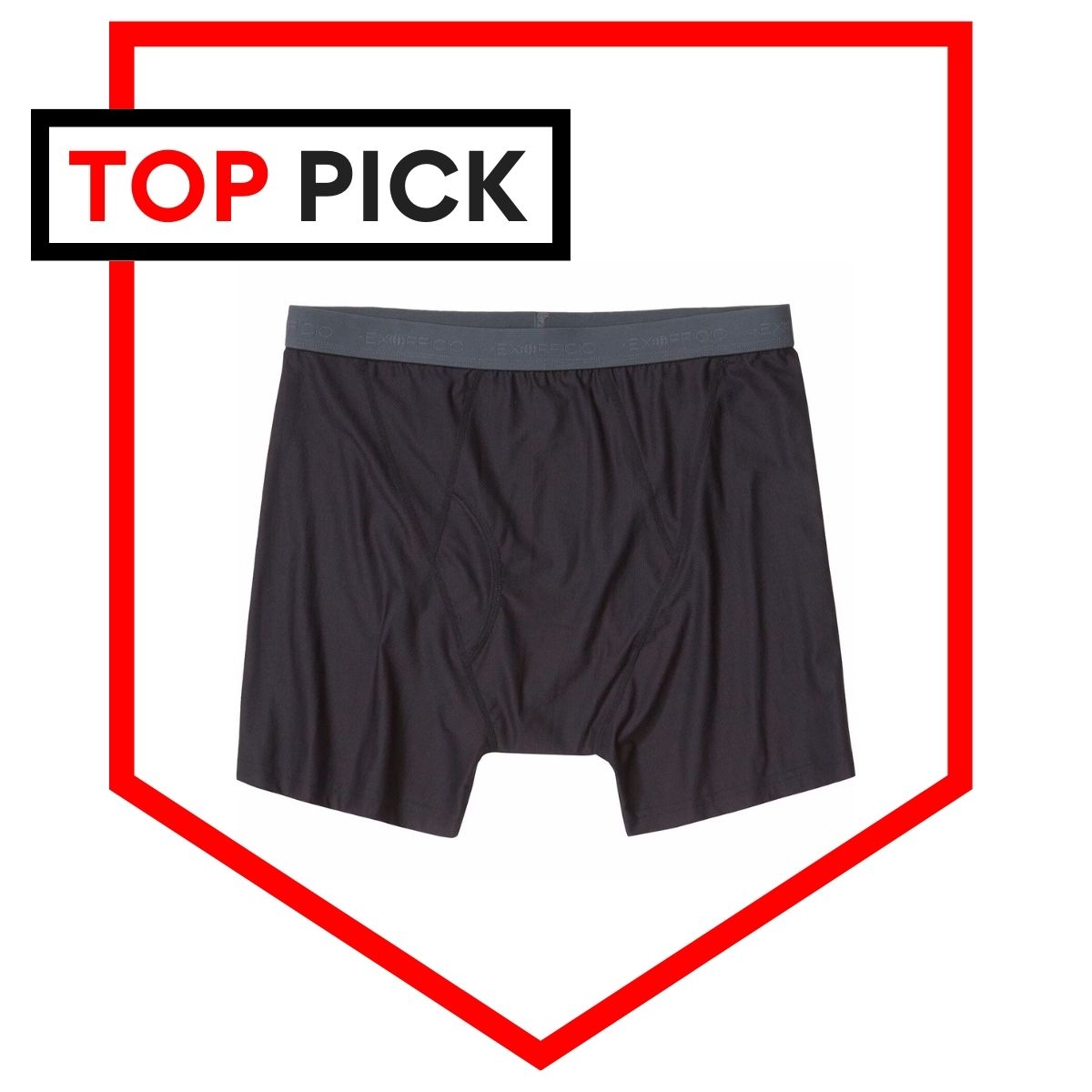
Stay dry and hygienic, plus avoid chafing with performance underwear made for a wide range of situations.
Rolling all of these together is a packing technique called the ‘skivvy roll‘. Upgrade your everyday outfits and pack some skivvy rolls, and you’ll be good to go on base layers.
Mid Layers
Mid-layers are versatile layers to add warmth and protection when it comes to survival. If you have a layer below them, they are less important for hygiene but still are needed for sun coverage, exposure, or to blend in.
Pants
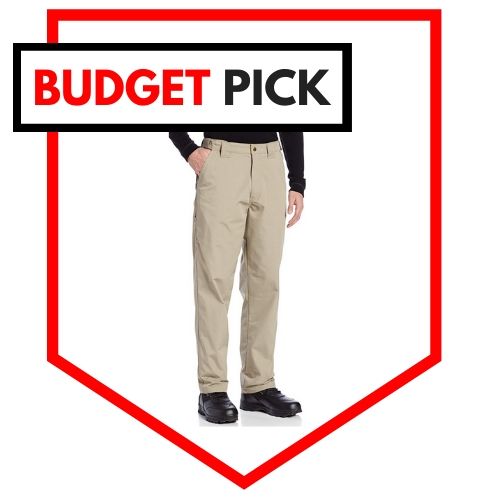
If you need something for the office or every day, some khakis with a little extra functionality can get it done.
Jeans

Jeans are a versatile pick for blending in but are limited in storage and heavy to pack in survival kits. Tactical jeans can help with all of this.
Overshirt
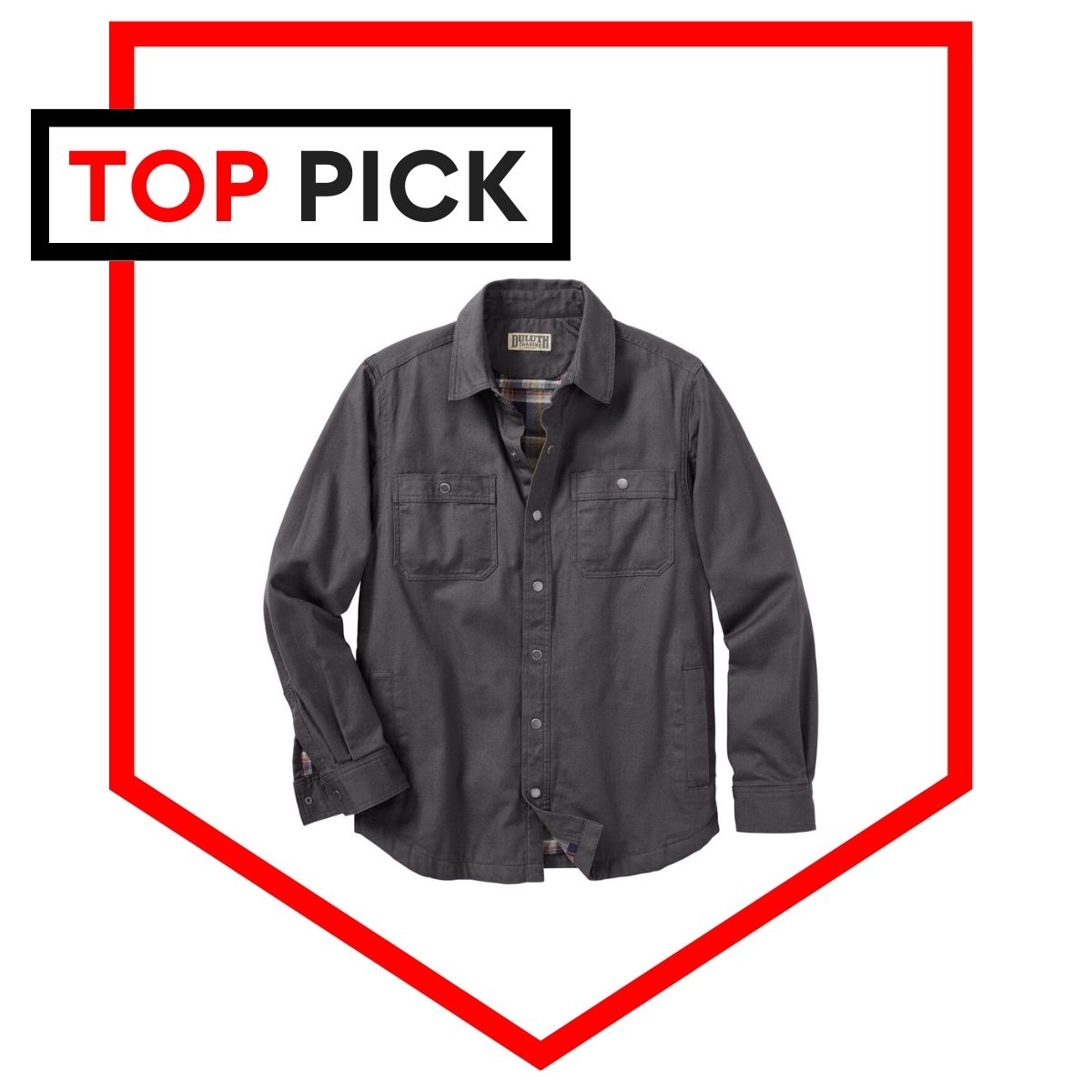
A rugged button or snap-up shirt shouldn’t be underrated as part of your everyday loadout.
Outer Layers
Outer layers of clothing provide protection from the elements, keeping you warm and dry. They also can help in situations where you need to decontaminate in rare CBRN events.
Jacket
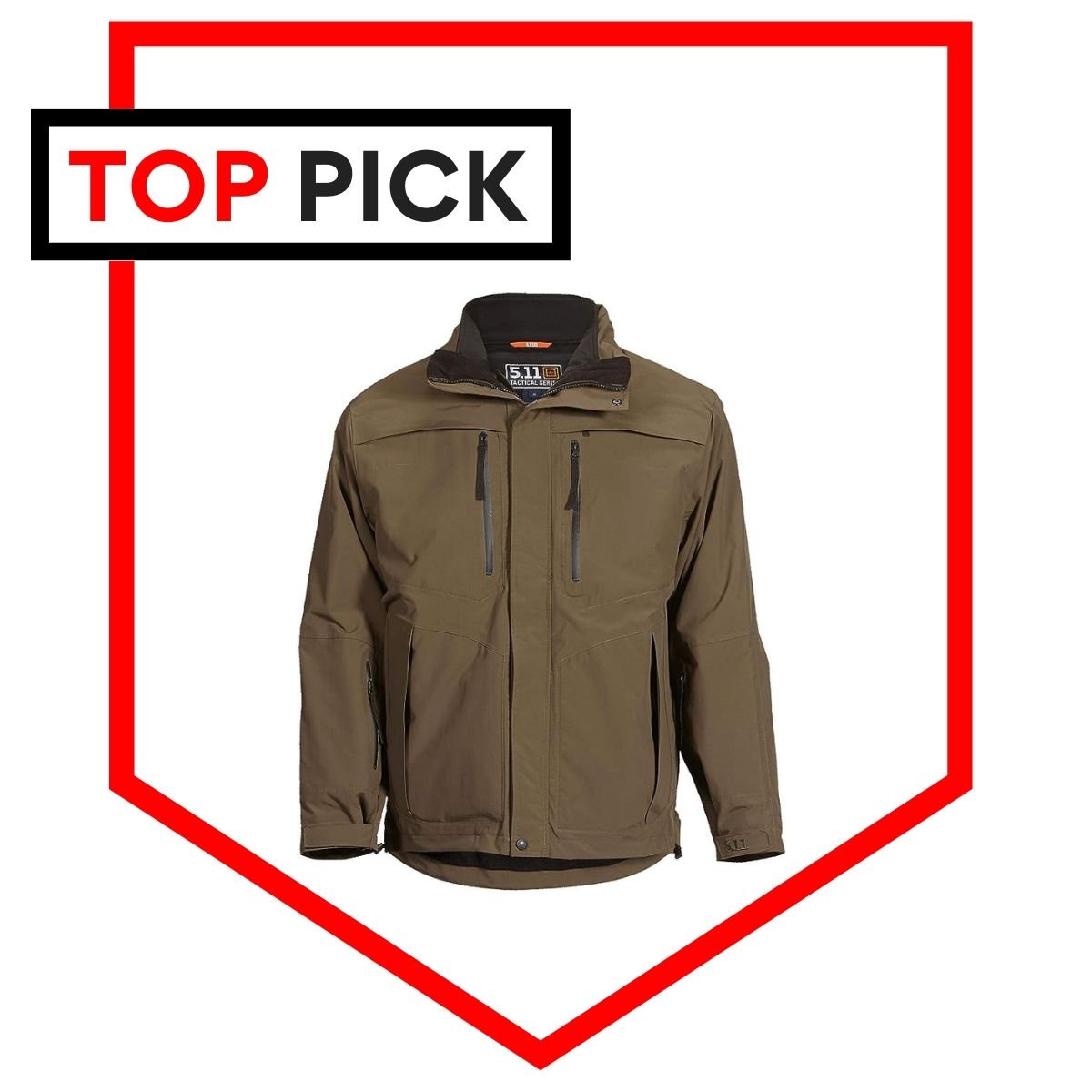
A durable parka or outer shell that protects from the elements is worth the investment regardless of your interest in survival.
Poncho
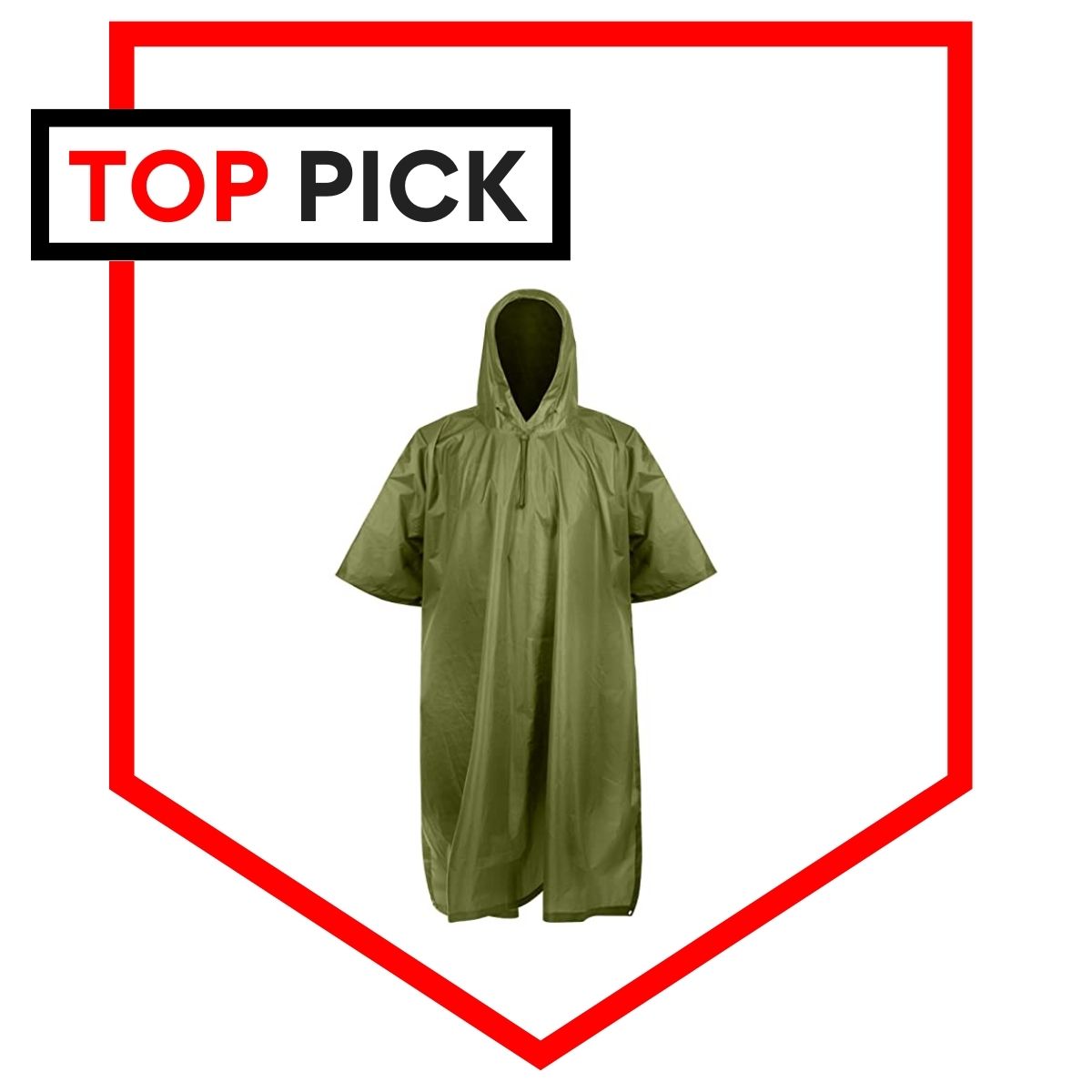
Ponchos are uniquely versatile in that they layer over almost any type of clothing and can be used in a wide range of survival situations.
Hybrid
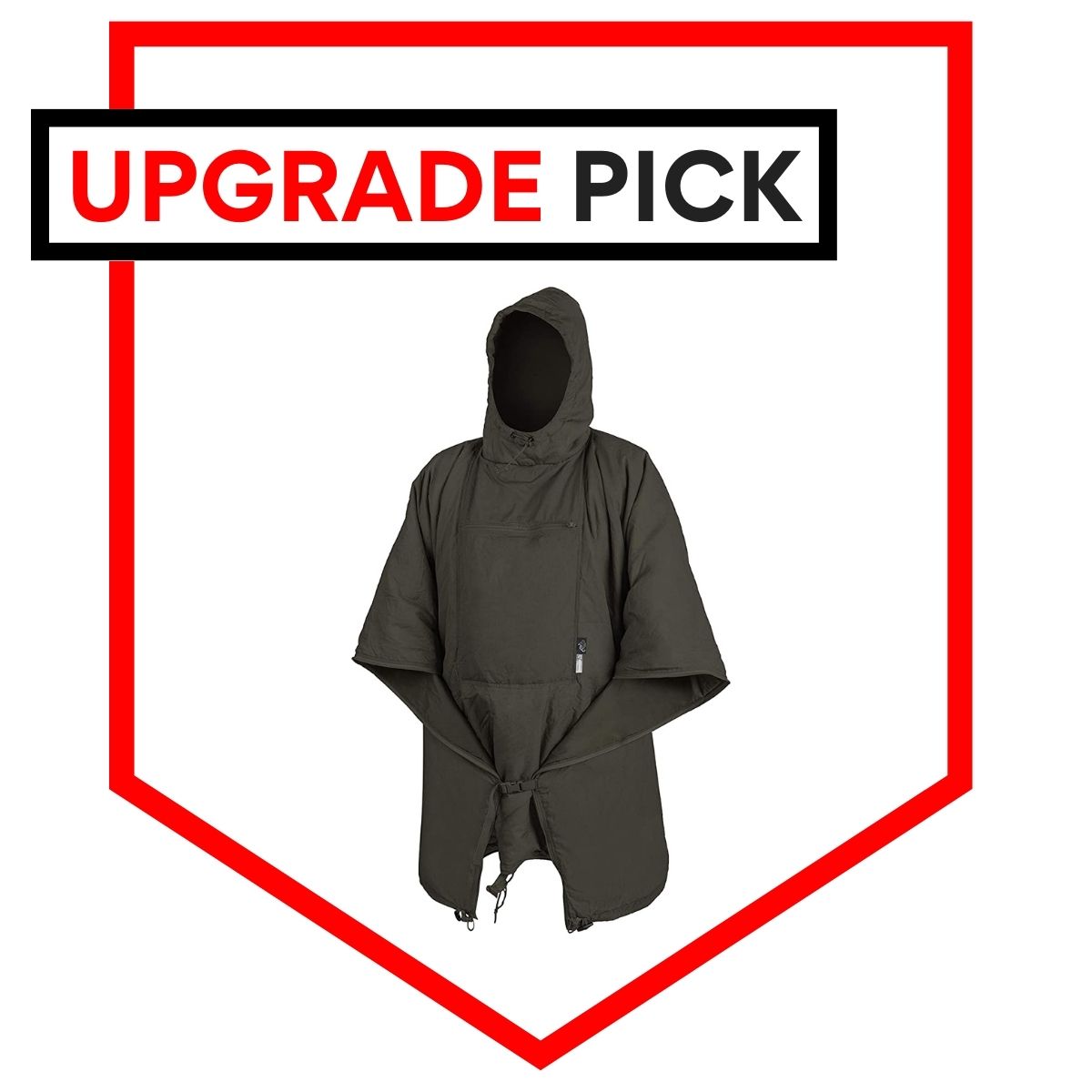
Some survival-oriented outerwear blurs the line between poncho and jacket, pairing insulation with versatility.
Possibly one of the most important considerations is your feet. We went over sock options already and talked about how essential they are, but the boots or shoes you select can have a huge impact on your survivability.
We’ve reviewed boots and shoe accessories a few times now:
Luckily, boot technology has come a long way since trench foot caused over 77,000 Allied casualties during World War I. There are all sorts of durable and comfortable options ranging from athletic shoes to tactical boots to pick from. Make sure you break them in, and always have a backup pair.
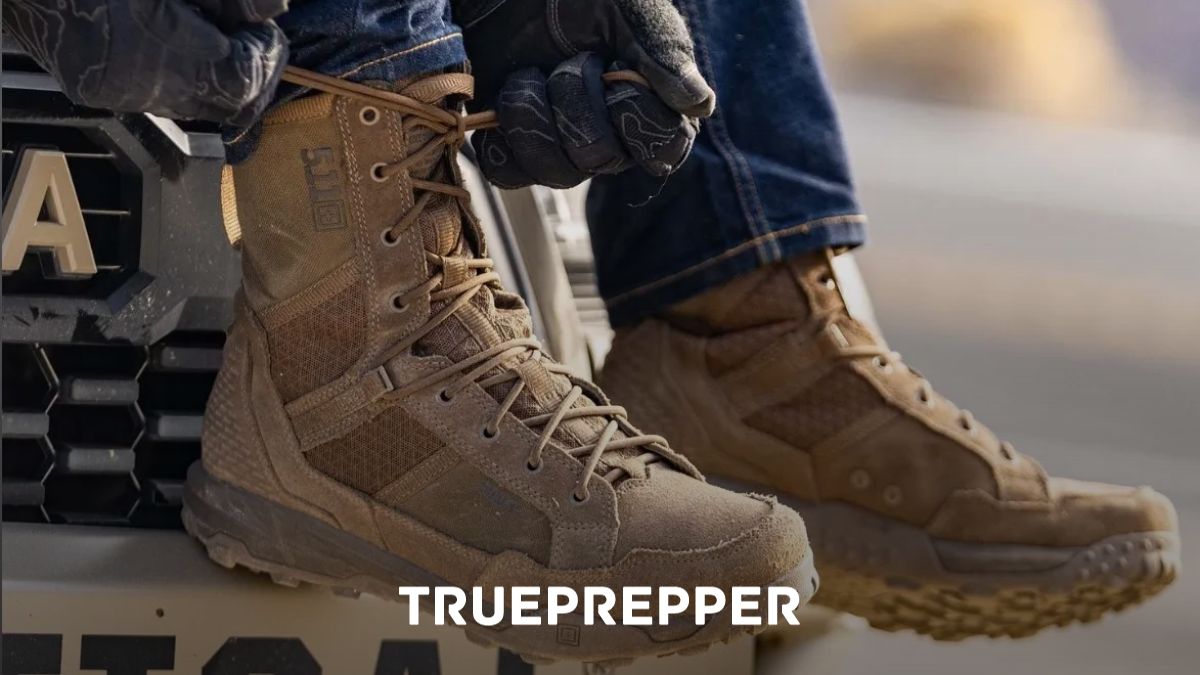
Accessories
Some accessories can be more impactful than the clothes we listed above. Cover your head, face, and more with versatile survival solutions.
Hat
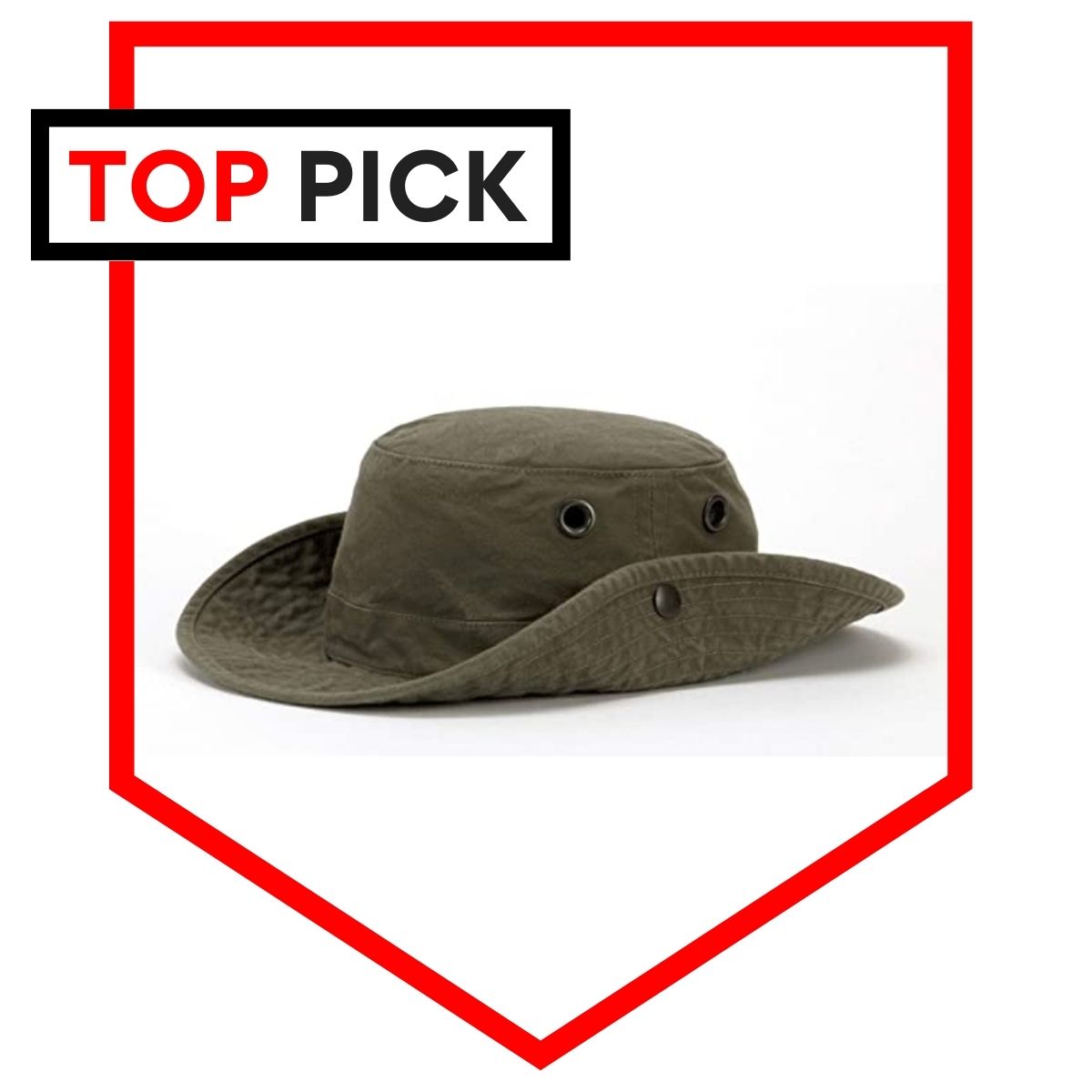
A brimmed hat can help significantly with sun exposure.
Bandana

A brimmed hat can help significantly with sun exposure.
Shemagh
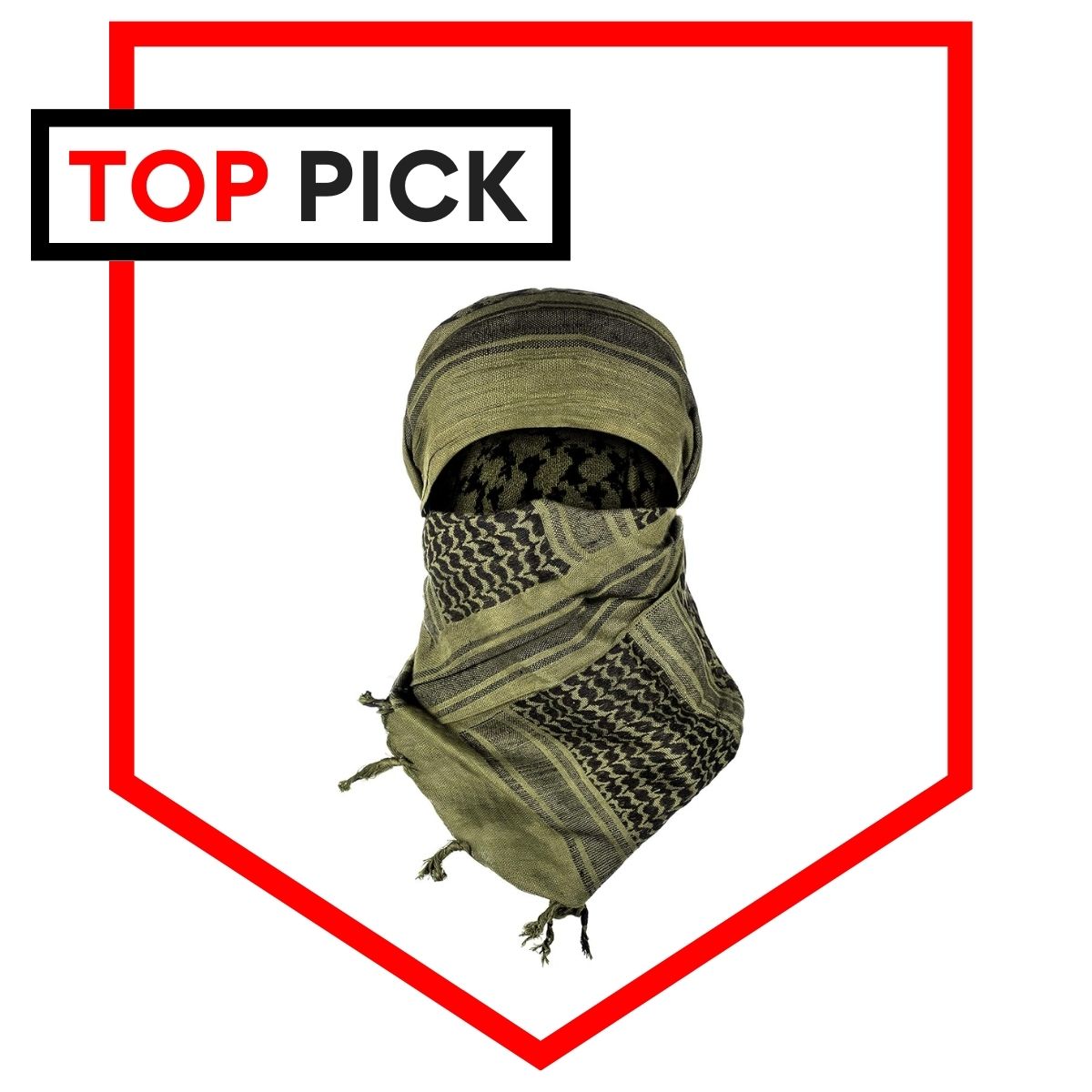
A brimmed hat can help significantly with sun exposure.
Not exactly clothing, but another accessory that many preppers consider is a good survival watch. A watch, especially one able to pair with your phone or with stand-alone gps, cell, and data services, can be a great resource in survival situations.
Survival Clothing List
You probably have a lot of outfits in your closet, but what have you considered geared for survival? Many time tactical clothing or performance outdoor clothing gets the nod, but it doesn’t always have to be the case.
You can cover the bases with any clothes that fit the bill, and upgrade them over time as you see fit.
We’ve considered:
While gloves can certainly be considered clothing, we find them more applicable in the PPE since we consider them for hand protection unless they fall under the cold weather gear category.
Packing Clothes
Packing clothes into your kits is straightforward because clothes are usually lightweight. You’ll want to keep them towards the top out of your pack since they are light but bulky. Often, you can squeeze them to the sides of the top since they aren’t access often and can be form fitting the the curves and nooks in your storage.
To prevent them from being too bulky in your pack, try rolling them. Individually rolling clothes (ranger rolls) can work okay, but combining them into a skivvy roll is a great way to keep essential base layers together.
Dressing for the Gray Man Concept
Everyone (well, most everyone), wears clothes. If you are following the gray man concept so you don’t stand out with your gear, you’ll need to follow suit with your clothes as well.
Knowing your environment, cultural tendancies, and societal expectations are key to blending in. You can fit a suprising amount of functionality into clothes without giving away concealed resources or your own skill sets.
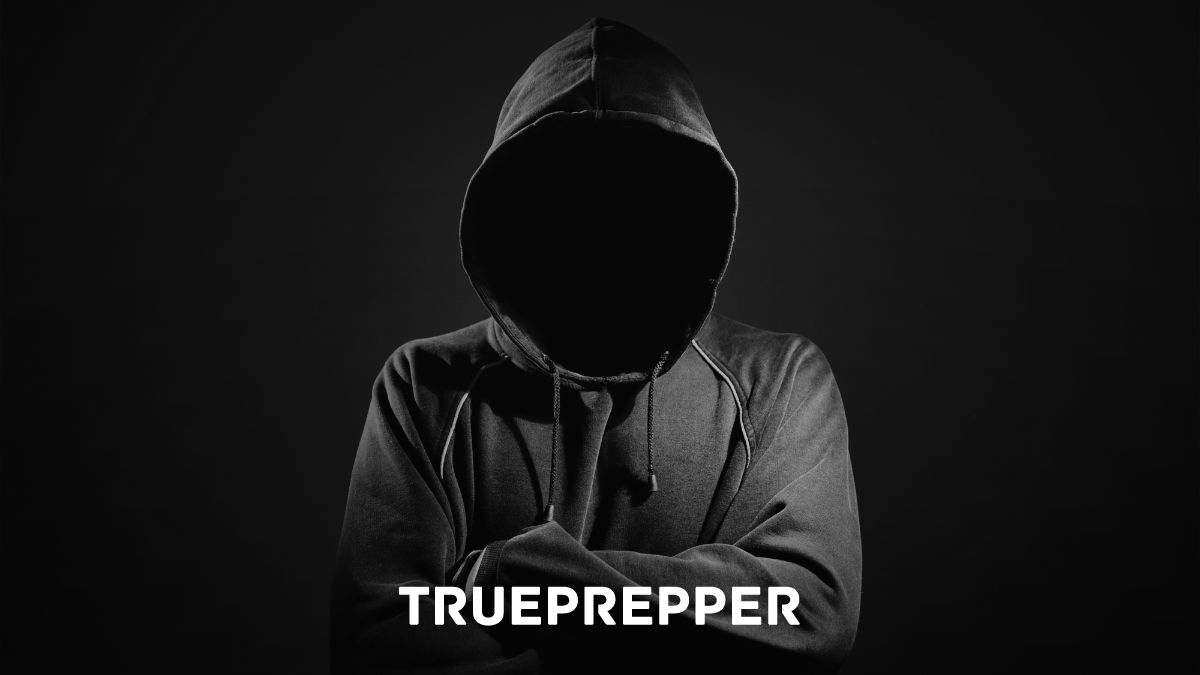
Synthetic vs. Natural
We see alot of arguing with legitimate points from both sides, but the answer to the age-old debate of synthetic vs. natural materials in clothing (or anything else, really) is both! There is no need to discard a whole set of resources for the sake of arguement.
Both have benefits, so why not leverage those where appropriate?
Personal Protective Equipment
Some PPE is worn as clothing and can help with specific situations. We’ve reviewed:
Many of these are not necessary for all preppers, but if you take a look at your own risk profile, you may find that you need more PPE than you have, or at least the basics.
The Final Word
Clothes are both unimportant and very important at the same time. Anyone can live without fashion, and many survivalists have proven you don’t need clothes to survive- just look at the Naked and Afraid TV show. But extra versatility that clothes provide can also make the difference when resources are scarce and survivability is tough.
Here are some other guides our subscribers have found helpful:
Keep exploring, stay prepared, and be safe.
You’ve Been Missing Out
Join the 2+ million preppers that rely on our prepping advice by subscribing to TruePrepper.
- Practical guides and tips
- Useful survival giveaways
- Free, forever
- < 0.4% of people unsubscribe
Thanks for subscribing, reading, and welcome to the club.
The post Survival Clothing | Clothes You Can Rely On appeared first on TruePrepper.
https://www.trueprepper.com/survival-clothing/
 CampingSurvivalistHuntingFishingExploringHikingPrivacy PolicyTerms And Conditions
CampingSurvivalistHuntingFishingExploringHikingPrivacy PolicyTerms And Conditions
